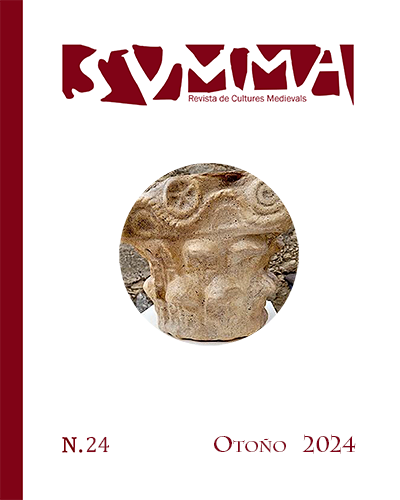Monasteries Established in Roman Villas: The Case of Torre de Palma (Portugal)
DOI:
https://doi.org/10.1344/Svmma2024.24.4Keywords:
monastery, villa, church, basilica, baptistry, font, pilgrimageAbstract
Torre de Palma is the site of a large Roman villa founded in the first century CE. It was enlarged and modified over the following six centuries. The southern half of the site includes residential and agricultural structures traditionally associated with rural villas of the period. The northern section of the site includes a religious complex, two cemeteries and two, or possibly three, additional buildings. The church, built over the remains of a Roman temple, was founded in the late fourth or early fifth century, rebuilt in the sixth and modified in the seventh. Baptismal fonts belonging to all three phases of construction, and functioning simultaneously, suggests baptism was especially important at Torre de Palma and might have attracted pilgrims. Probably, someone had to take care of the church once the villa was abandoned in the fifth century. In this paper, it is proposed that a monastic community fulfilled that function.
Downloads
Published
Issue
Section
License
Copyright (c) 2025 © Stephanie J. Maloney, 2024 –CC-BY-NC-SA

This work is licensed under a Creative Commons Attribution-NonCommercial-ShareAlike 4.0 International License.
The authors retain rights and grant the journal right of first publication of the work.
The author (s) to retain the publishing rights without restrictions, only recognition of first publication.
SVMMA Revista de Cultures Medievals is licensed under a Creative Commons Attribution-NonCommercial-ShareAlike 3.0 Spain License















